TD Styling is the industrial styling module of Extech's ThinkDesign product. It provides a complete set of innovative design tools to help designers complete the product design from a sketch. Its main functions are: hybrid modeling technology, GSM technology, super-surface fill, powerful rendering, reverse engineering and so on. TD Styling has a very strong advantage in the field of industrial design. Its simple and efficient surface modeling, hybrid modeling of solid surfaces, and convenient and practical dynamic and static rendering are all commendable. Most notably, it has the difficulty of getting started with “fool-levelâ€. Even if you haven't touched 3D before, you can design beautiful works in 3 to 5 days.
This article takes design glasses as an example, briefly introduces the basic modeling and static rendering of glasses based on TD Styling, and hopes to help everyone.
The optical mirrors in the glasses (such as myopia) are relatively regular in shape, and the main body of the frame can be constructed by solid modeling and Boolean operations. For products with more complex shapes such as sunglasses, surface modeling is required and then closed into solids. The two are actually the same in terms of design ideas. They are all constructing the main body, then establishing the transition, and finally merging into the whole, and then separating the parts of the glasses. Here is a design for a male couple mirror (available from Wanxin Optics and retaining its corresponding rights).
1. Import the provided eye effect map into the TD Styling model. Use the renderings to build a sketch of the frame as shown. Green wireframe and red wireframe.
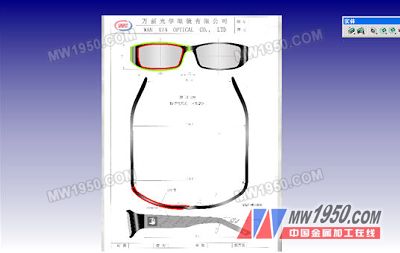
2. Because the renderings are done in one plane, and the models are done in three dimensions. So we need to copy the red wireframe in the top view and copy it to the corresponding space plane. as the picture shows
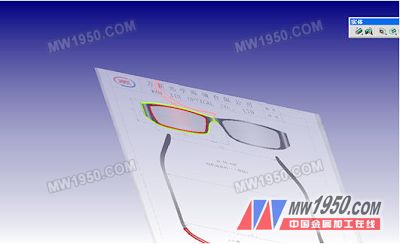
3. Perform a physical pull-up, then Boolean operations to find the intersection, and make a frame. as the picture shows
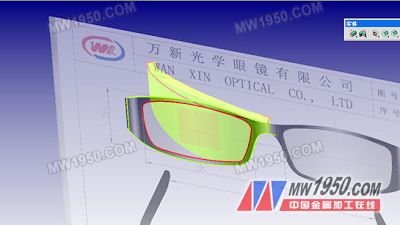
4. Make the temples according to the above method, as shown
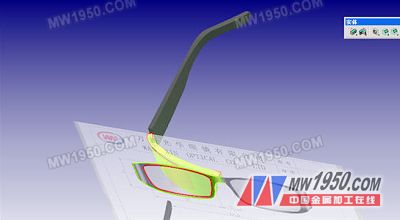
5. Make the transition between the frame and the temple. The general process is to bridge the boundary with a curve, then stake out the surface, and finally close it into a solid, perform Boolean operations, and finally merge into a whole, as shown below.
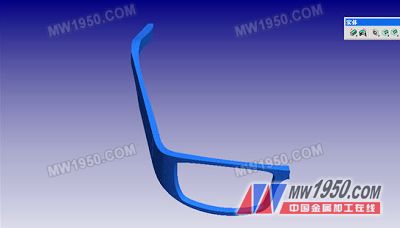
Next page
Steel Stair Grating,Galv Grating Stair,Galvanized Steel Lattice
Lihongyuan Steel Grating Co., Ltd. , http://www.steelgrating-supplies.com